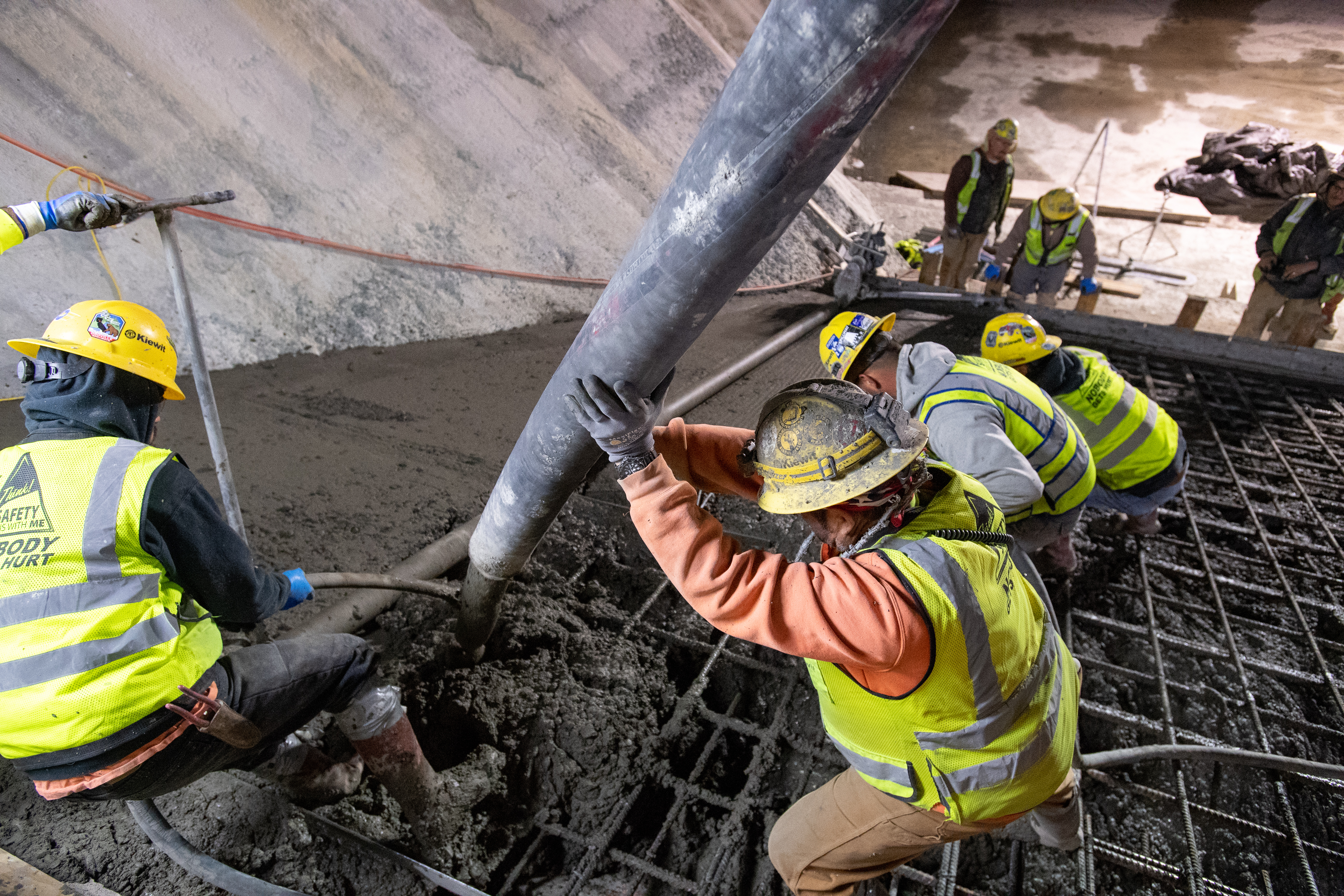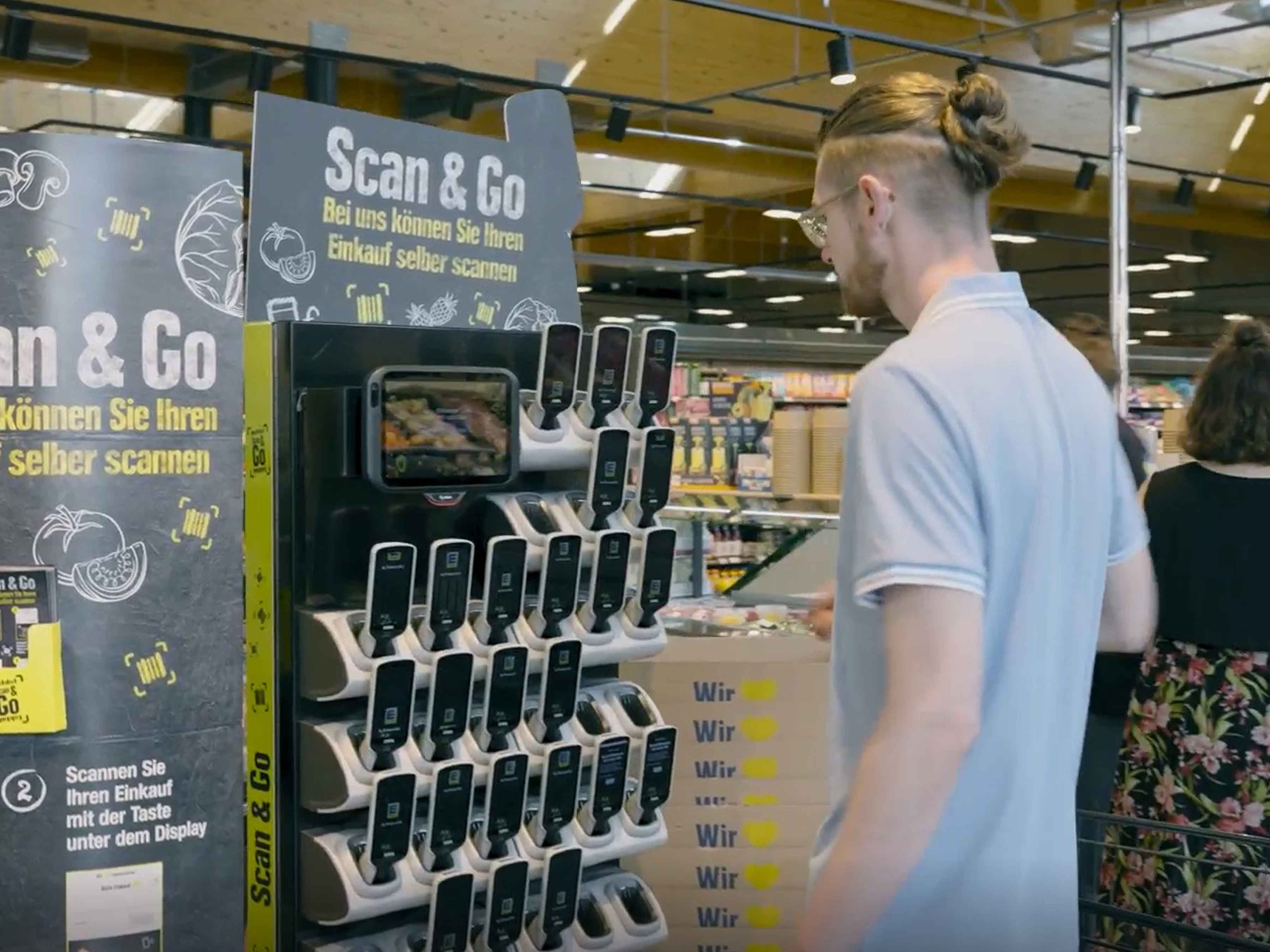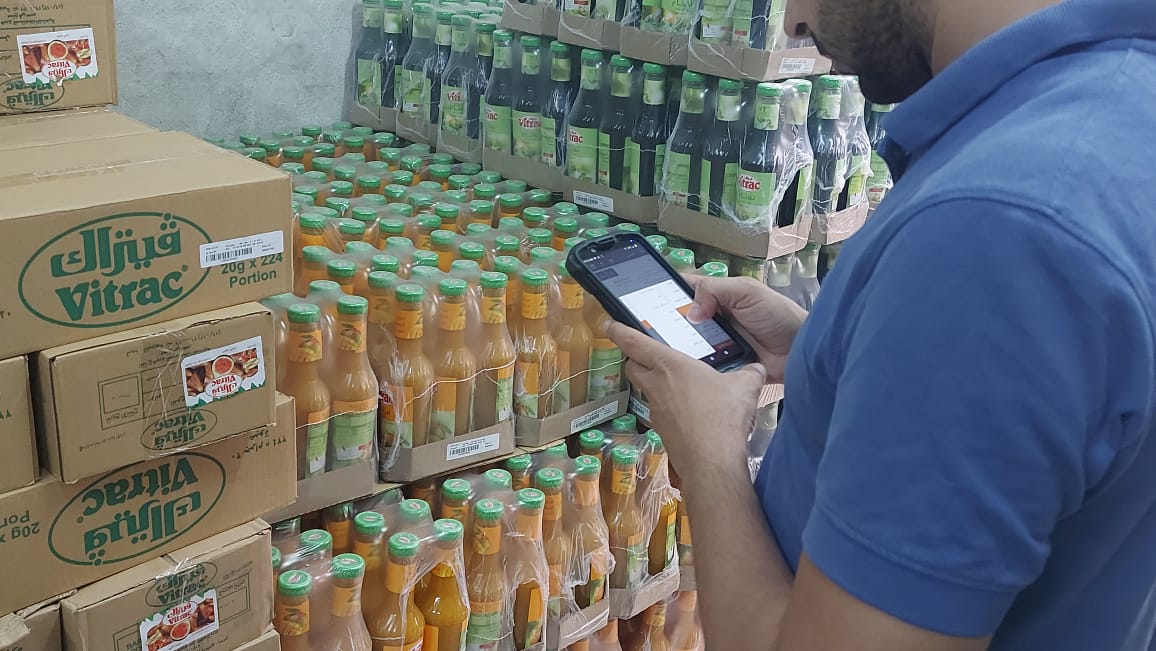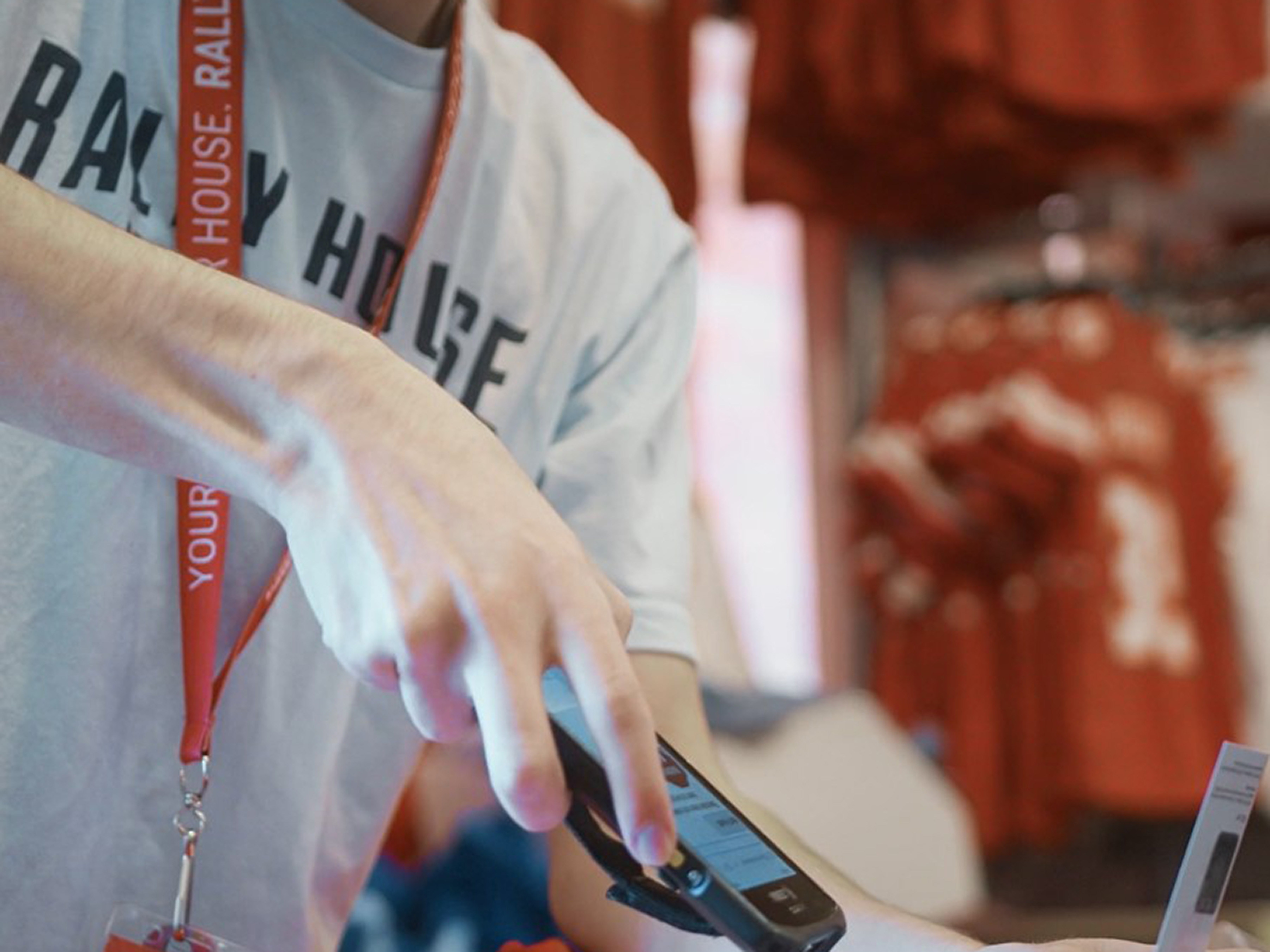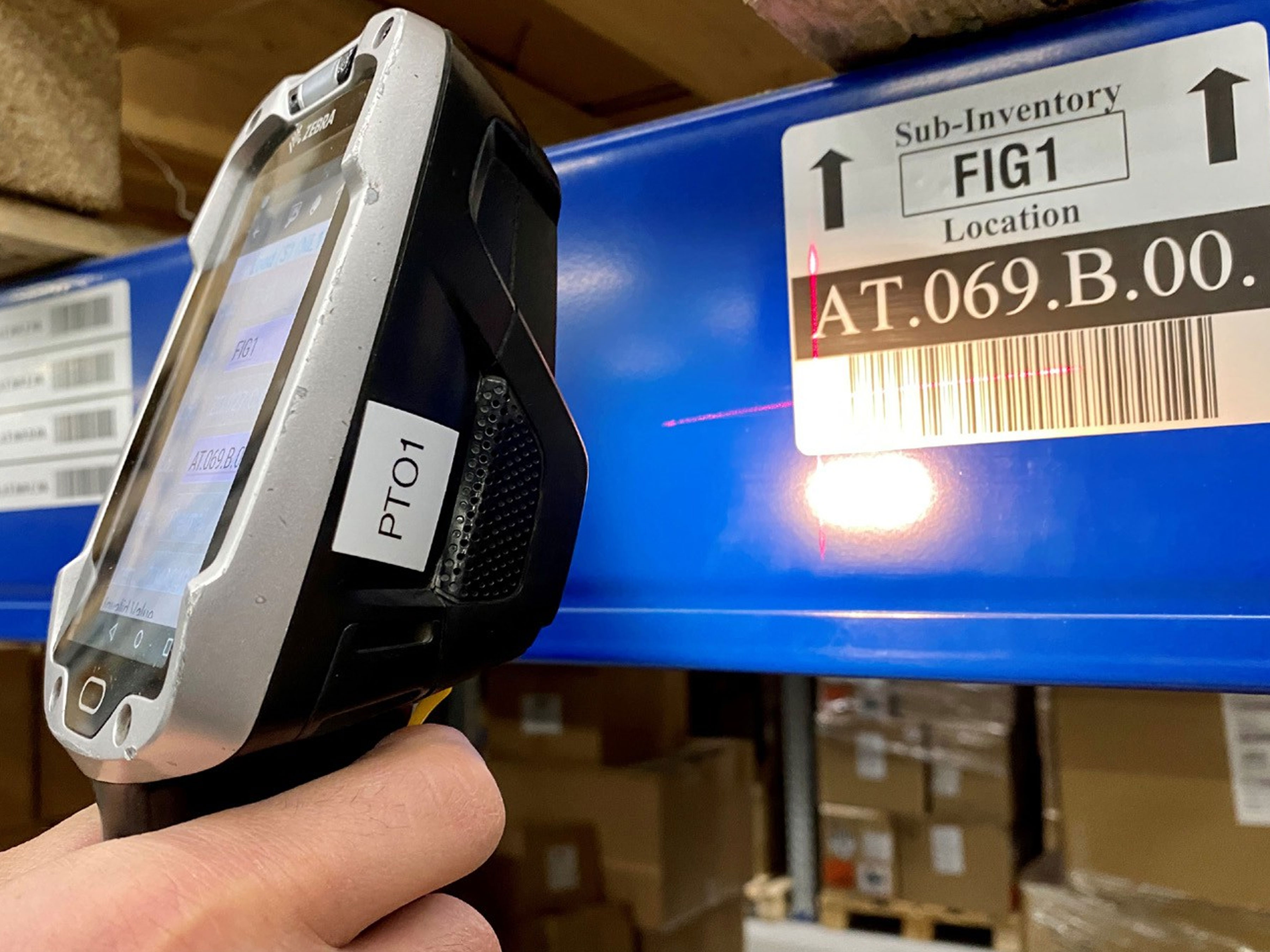
Zebra Technologies Keeps Pace with Demands at its Heerenveen Warehouse
The Heerenveen distribution centre handles Zebra's portfolio of products used by companies in Europe, the Middle East and Africa. It has experienced many of the same issues as the broader logistics sector, such as growing demand and labour shortages.
Zebra Success Story: Zebra4Zebra-ConnectRF
Overview: Warehouse Challenge
Fix intermittent connection and host app performance issues which were causing downtime, delaying orders, and demotivating teams.
Benefits / Outcomes
- Improved team morale
- Enhanced productivity
- A better approach to persuading software and network partners to fix issues
- Proactive systems maintenance
- Improved customer service
- Reduced overtime costs
- Providing evidence for additional technology investments
About Zebra4Zebra-ConnectRF
Zebra’s supply chain operations face many of the same challenges as its customers. As part of its Zebra4Zebra programme, it embeds its products into its warehouses, repair depots and manufacturing sites to provide invaluable real-world insight into its solutions. The results fuel further innovation which ultimately enhances the return on investment (ROI) for customers.
A good example of the programme at work is a recent project at Zebra’s Heerenveen distribution centre based in the Netherlands. The 4,500m2 facility oversees the distribution of Zebra’s portfolio of products used by companies in Europe, the Middle East and Africa.
The Challenge
The Heerenveen operation is experiencing many issues familiar to the broader logistics sector. Demand has grown dramatically in recent years – due to Zebra’s growth and expanded product lines – while customers want their orders to be shipped as quickly as possible. The shortage of skilled labour is also a challenge as expectations rise for warehouses to work more efficiently.
The Drive for Efficiency and Performance
Companies are adjusting to these demands by deploying new technology and emphasising more efficient facility layouts. By introducing higher racks and changing rack formations, warehouses can squeeze more capacity from the same floorspace. However, such changes may have unforeseen consequences.
“Our Heerenveen team is committed to ensuring orders are delivered on time and in-full to our partners and customers,” says Lester Arts, Senior Director of EMEA Supply Chain, Zebra Technologies. “If we fail to achieve shipment goals, everyone takes it personally - and this was starting to happen as the team struggled to connect to key applications that manage our goods-in, put-away, picking and packing operations.”
To work around the problems, users were trying different devices or rebooting since the apps were often losing connection or running with low latency. This triggered additional problems since previous sessions had not been closed.
The connectivity issues suggested there was trouble with the Wi-Fi network. However, when these concerns were reported to support, all systems looked fine. What’s more, some of the issues were random, happening for a short period and then clearing up.
Warehouses are complex and there could be many reasons why the issues were occurring, from the Wi-Fi, to devices, cabling, host apps and more. Changing the network setup, which seemed the first place to start, often only provided a shortterm fix and resulted in added labour and technology costs.
“We needed to sort this out,” says Dave Murphy, Director of Information Technology, Zebra Technologies. “We created a dedicated project team to fully investigate the issues comprising IT, network and operations people alongside representatives from our application partners.”
The project team looked for a solution that would identify the root cause of the issues. It also wanted to proactively identify emerging problems in a dynamic operation where frequent warehouse layout changes are necessary.
We’ve been delighted with ConnectRF and its Mobile Systems Intelligence (MSI) solution. MSI enables us to find and diagnose issues when the core apps used by our mobile devices aren’t working well. ConnectRF also knows how to use the data to compel software vendors to debug issues. Since we started to monitor our systems over the last year, we’ve seen a significant reduction in user downtime and a muchimproved user experience. Our team is happier, we’re getting more done in less time, and we’re saving money too. Put simply, MSI has been transformational for us.
The Solution
Expertise on Hand with Real-Time Insight
The project team turned to members of the Zebra4Zebra team to ask if a solution was available within Zebra’s award-winning PartnerConnect partner community.
ConnectRF, a Zebra Premier Integrated Software Vendor, was identified for its always-on performance insights, diagnostics and reporting for mobile devices and robotics solutions.
“When we discussed our problem with ConnectRF, they instantly understood it and had a solution that appealed to us,” observed Zebra’s Heerenveen-based Computing Systems Specialist Alex Brandsma. “We had our suspicions as to what was going on, but we couldn’t be 100% sure. ConnectRF proposed a solution that would take away the guesswork, moving us from instinct-based decisions to fact-based ones.”
Moving to Mobile Systems Intelligence
ConnectRF’s Mobile Systems Intelligence (MSI), is a software-based mobile infrastructure that sits on a server between the warehouse’s applications and users’ devices to constantly monitor what’s happening. It also provides a live dashboard, automated alerts and a range of reports.
MSI is built like a proxy server, with everything packaged into a virtual container. Warehouses can install the server locally, securely holding all data within their environment. IT can download, install, configure and run MSI without needing to change existing settings.
“The solution is easy to deploy as we just coordinated the installation of the proxy server between our network and server computer teams and gave it an IP address,” says Brandsma. “We also used our mobile device management (MDM) solution to point devices to the MSI analysis console and we were up and running in hours.”
A Mix of Automated and Human Monitoring
When application issues occur in warehouses, they often emerge as latency or connection problems – making them look like Wi-Fi bugs. MSI includes an advanced suite of detection, analysis and automation tools that immediately showed that more was going on.
Shari Christofferson, President of ConnectRF, compares MSI to a fitness tracker, constantly monitoring the vital signs in the life of a mobile session. “We can see what’s happening in the conversation between the WMS, the device and the network,” Christofferson comments. “We know when a user is hitting enter, we can time the packets and see when the server is getting them and how quickly information comes back. Ultimately, we reveal the ‘who, what, why, where and when,’ as delays happen.”
Any anomalies are captured automatically; for example, a transaction, or group of transactions, which should take less than a second is suddenly taking five or six seconds. The information, and grouping of little transactions, is securely sent to ConnectRF’s algorithmic-based console to analyse the data and reveal why the issue is occurring.
In addition, a simple hot button on the mobile devices allow users to raise alerts by completing a simple browser-based user report if experiencing a problem. The hot button is created by the virtualise server, so nothing is added to the devices. “This mix of automated and user-generated reports is important,” comments Christofferson. “The big issues often hide as minor failings and user input is a great filter to identify potential problems.”
Issues Identification
Based on the automated data and users’ feedback, MSI revealed a range of issues. Most pressing was users seeing a ‘delay wheel,’ when sending requests to the WMS, which could last 10 minutes or longer. The solution identified bugs to fix in the WMS, as well as some issues between clients and the host server. In addition, latency problems, which had been attributed to the Wi-Fi, were tracked to the Telnet client used to connect user sessions. And there were some Wi-Fi and network cabling changes to make too.
“The insight is hugely valuable,” says Brandsma. “The ConnectRF team was able to pinpoint issues and isolate the precise code running at the time. They have experience working with our WMS vendor and helped us package everything up, sending them a detailed report with the information the vendor needed. Presented with irrefutable evidence of the problem, they took steps to debug the code. The beauty of the solution is that, as soon as changes are made, we can see if they’re working.”
The Zebra Difference: Outcome and Benefits
The solution is delivering a range of benefits. One of the most important is realtime insight into individual mobile devices. The data enables Zebra’s network and computing teams to collaborate more effectively to accelerate issue resolution. If users are reporting persistent issues in a particular area, this is almost certainly an access point problem. With the solution in place for over a year now, historical data is indicating what times will be busy, and when technology may come under pressure. This allows the team to make proactive changes to avoid downtime.
“From my perspective, reporting is invaluable,” says Murphy. “I can explain to leadership why we may need to invest in an additional or new technology, and it makes it so much easier to build a compelling business case when I can use charts and data to illustrate my point.”
Since MSI has been in place, Murphy notes operations are “running much more smoothly.” He continues, “The value of the benefits soon outstrips the cost of the solution, resulting in a positive ROI in quick time.”
Another area Zebra’s Heerenveen-based team is keen to highlight is employee morale. If users have an issue, they can raise a report on their device or speak to their team leader. “By introducing the tool, we have educated users and they know there’s no point in trying a new device if they have a dropped session,” Brandsma says. “They are also more likely to work with IT and resolve problems. The operators appreciate that issues will be taken care of in short order.”
Further time savings come from the precision of the tool in finding the root cause of issues. Previously IT would need to check a wide range of systems to hunt for the issue. Looking ahead, the more ConnectRF’s algorithms work with data and user insights, the better it will get at uncovering and diagnosing problems. “From my operational perspective, things have transformed from where they were a year ago,” concludes Arts. “The motivational benefit of deploying this solution, along with the improved performance of our core systems is really paying dividends. Our team is much happier.”

